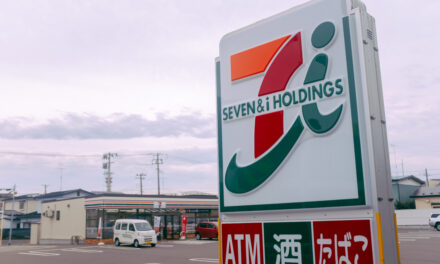The low-volatility factor is one of the six factors my Green Zone Ratings system considers when it rates stocks. And I’ll admit — it’s a counterintuitive one.
“High-beta” stocks tend to climb at a faster rate than the broad market, when the broad market is climbing. Now, you might think that buying high-beta stocks is a logical way to “beat the market,” particularly if you’re willing to endure the added volatility inherent in this type of stock.
But history proves otherwise.
That’s partly because high-beta stocks put you at the mercy of their so-called “double-edged sword.”
When the marketing advances, it’s true that they go up faster and further. However, they also go down faster and further when the broad market is falling.
There are at least three fascinating explanations for why buying low-beta stocks is a better idea, over the long run.
I outlined these in a piece I wrote for my Green Zone Fortunes subscribers.
Bonus: My team and I are giving special access to this premium content to all of our Money & Markets readers. You can view it here.
One of the explanations centers on what’s called the “lottery ticket effect.”
In the words of Larry Swedroe, a foremost expert on factor investing and one of my favorite authors:
In the real world, there are investors with a “taste,” or preference, for lottery-like investments. This leads them to “irrationally” invest in high-volatility stocks (which have lottery-like distributions) despite their poor returns. They pay a premium to gamble. Among the stocks that fall into the “lottery ticket” category are IPOs, small-cap growth stocks that are not profitable, penny stocks and stocks in bankruptcy.
This brings me to my new High-Beta Bombs feature…
Each month, I’ll share with you a list of stock tickers I think you should avoid — stocks I call “high-beta bombs” because they have all the poor characteristics of the types of stocks that tend to blow up in investors’ faces.
4 Qualities of High-Beta Bombs
I don’t make subjective judgments against stocks when I compile my list of high-beta bombs. Instead, I rely on my quantitative, factor-based models to show me which stocks meet the criteria for stocks that are best to avoid.
Essentially, I run a screen on the full universe of stocks.
And only the stocks that meet all my criteria — the “bad” criteria I’m looking for — make it on my high-beta bombs list each month.
In plain English, high-beta bombs are small, high-beta stocks that have high sales growth rates but poor profitability.
In computer code, high-beta bombs have each of the following characteristics:
- A market cap of less than $2 billion (“small”).
- A 3-year beta ranked in the top 30% of all stocks (“high-beta”).
- A 1-year sales growth rate ranked in the top 30% of all stocks (“high-growth”).
- Negative earnings-per-share for each of the last five quarter (“unprofitable”).
Academic research shows this combination of characteristics is one of the worst combinations you can find. You’d be best off avoiding — or shorting! — stocks with all four qualities.
And that’s why I’m sharing them with you. Click here to view the full list of high-beta bombs for October! The list includes:
- The stock ticker.
- The company name.
- Its sector.
- Its industry.
If you do your own research and stock-picking, I hope my monthly list of high-beta bombs will become a value-add part of your process.
I’m a big believer in the idea that, to be a truly successful investor, you not only need to do the proper things correctly … you also need to not do the bad things.
Said another way, avoiding a bad investment has just as much positive impact on your bottom line over time as does finding a good investment.
What’s more, if you’re interested in identifying stocks to bet against — either by outright short selling shares, or, perhaps, by buying put options — I hope this list of high-beta bombs proves to be a valuable screen in your process, as you hunt for stocks that could fall far and rapidly, particularly as the broader market is weak.
One final note on logistics: The number of stocks meeting my criteria of “high-beta bombs” will change from month to month, but will typically be in the range of 150 to 200 stocks.
To make it easier for you, we’ve posted the full list on its own page of the Money & Markets website. (You can even download it in Excel if you’d like to sort or save the list on your device.)
Click here for my list of high-beta bombs for October.
We’ll do this with my list of high-beta bombs each month. We’ll, of course, alert you via email and include a link that takes you straight to this page on the website.
Since this is a new feature, my team and I welcome any questions and comments you have about it.
I love hearing from you, so don’t hesitate to write to my team and me at feedback@moneyandmarkets.com.
To good profits,
Adam O’Dell, CMT
Chief Investment Strategist





